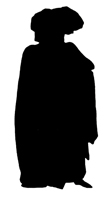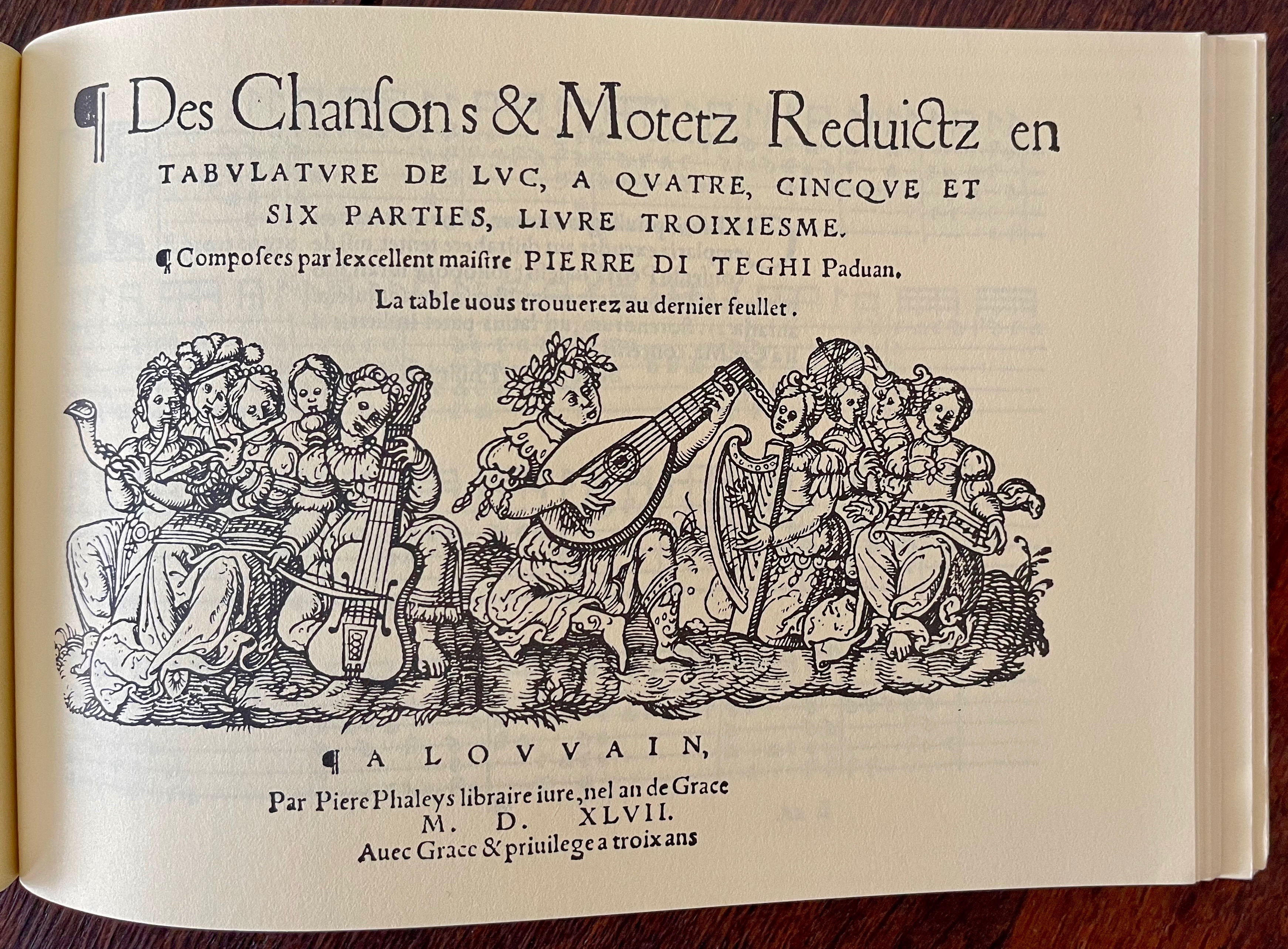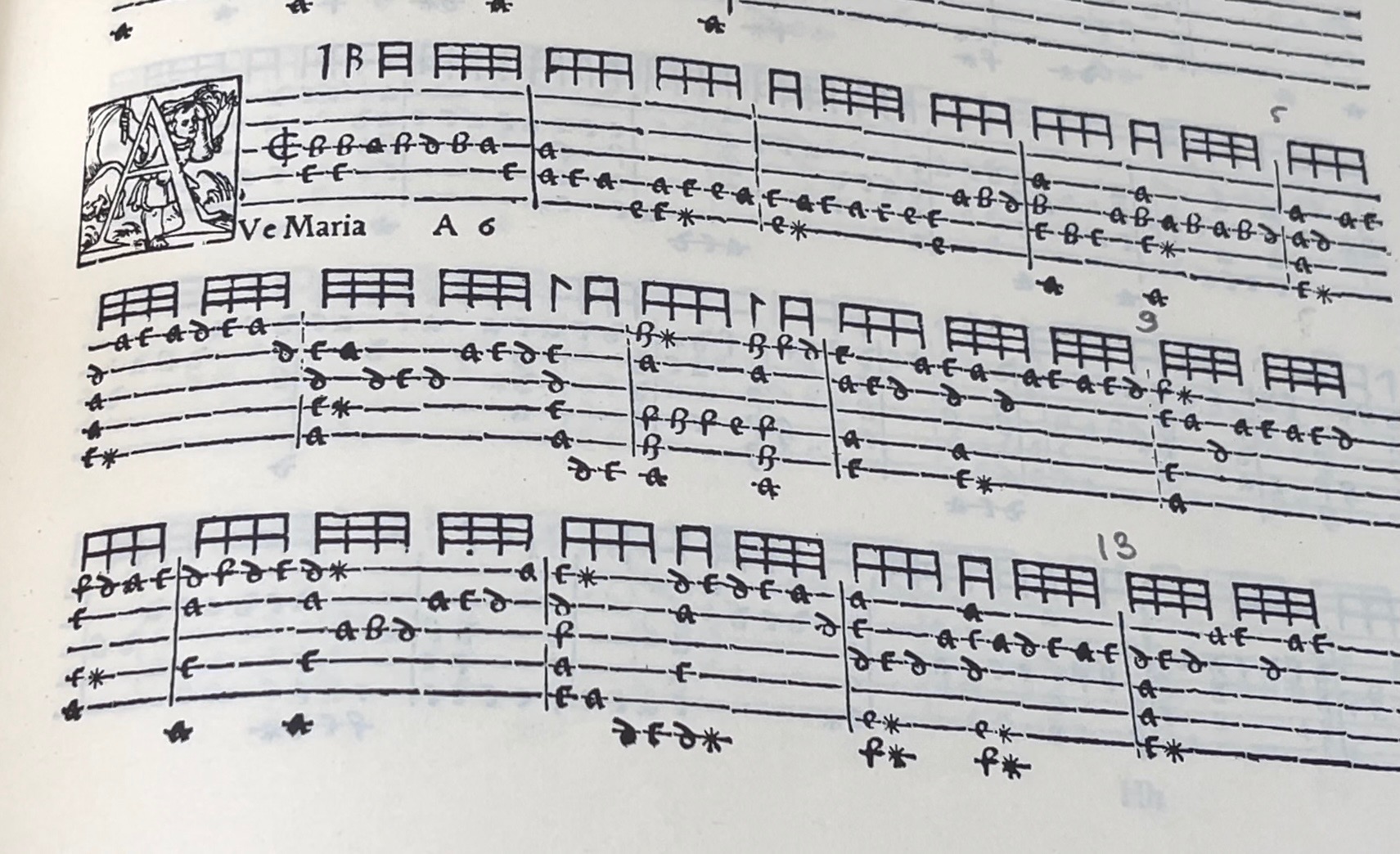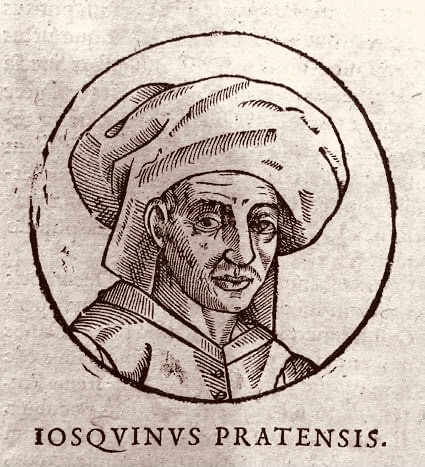Ave Maria (Motet on texts from the New Testament) - Josquin des Prez - Chapter house Santa Maria Novella Church Florence
Andrea di Bonaiuto

Ave Maria (Motet on texts from the New Testament) - Josquin des Prez - Chapter house Santa Maria Novella Church Florence
Madonna and Child with Angels 1420 - Pietro di Domenico da Montepulciano
This exquisite painting is notable for the refinement of its freely tooled designs on the gold ground. The picture alludes to the Madonna’s humility (she is seated on grass), and to her roles as Queen of Heaven (the angels tooled into the gold background suspend a crown over her) and the beloved enclosed in a garden. She unveils her sleeping child—an allusion to his future sacrifice and death. It is one of the finest works by Pietro di Domenico, who was active in the region of the Marches. Exceptionally, the picture survives intact with its original engaged frame decorated with a continuous flower pattern and the artist's signature.
Sala Capitolare Santa Maria Novella Church Florence
Built between 1343 and 1355 by the architect Fra Iacopo Talenti and paid for by the merchant Buonamico (called Mico) Guidalotti, the vast hall, in the past was the Sala Capitolare (The Chapter house) of the convent of Santa Maria Novella. It finally and definitely took the name of The Spanish Chapel in 1566 when it was given over to the Spanish colony in Florence who used to meet in this very place since when Eleonora di Toledo, wife of Duke Cosimo I de’ Medici (1539), had been granted use of it for the religious services of her fellow countrymen.
The relief decoration on the exterior side of the portal’s architrave dates back to the time of its construction and shows the Martyrdom of St. Peter of Verona, The Soul of the Martyr welcomed in Paradise by Christ and St. Peter the Apostle and The Armorial Bearings of the Guidalotti.
When he died, Mico Guidalotti also bequeathed a sum of money in order to paint and decorate the interior of the Chapterhouse which, nevertheless, was frescoed by the painter Andrea di Bonaiuto, called Andrea da Firenze, only ten years later, between 1365 and 1367. However, it is quite possible that other painters of the Florentine and Sienese schools had begun to work on it before 1365 when the prior Zanobi Giasconi assigned the task to Bonaiuti.
The decoration develops from the ribbed vault to the walls beneath it, according to a highly complex iconographical plan that celebrates the role carried out by the Dominican Order at the heart of the Church. The reading of it begins from the north wall (in front of the entrance), proceeds along the east and west sides and finishes with the counter-façade to the south, as suggested by the numeration of the panels dedicated to the detailed description of these frescoes. Jesus Christ, who has saved humanity by his Sacrifice on the Cross, spreads his doctrine through the Church which finds a fundamental support in the apostolic and intellectual activities of the Dominicans. The two fields of activity of the Order are represented, respectively, by the preaching to defend the true Faith and by the theological speculation of Thomas Aquinas.
The decoration of the counter-facade was partially destroyed after the granting of the Chapterhouse to the Spanish community, due to the realization of a tribune.


Des chansons & motetz reduictz en tablature de luc, à quatre, cincque et six parties livre troixiesme
print | 1 score ; 18 x 22 cm (obl. 4to) | Collection of chansons and motets arranged for solo lute in tablature. Transcribed title page: Des Chansons & Motetz Reduictz en / TANVLATVRE DE LVC, A QVATRE, CINQVE ET / SIX PARTIES, LIVRE TROIXIESME. / Composees par le excellent maistre PIERRE DI TEGHI Paduan. / La table uous trouuerez au dernier feullet. /…
Contributor: Certon, Pierre - Richafort, Jean - Sandrin - Josquin (Des Prez) - Gombert, Nicolas - Hellinck, Lupus - Mittantier - Verdelot, Philippe - Crecquillon, Thomas - Villiers, Pierre De - Baethen, Jacob - Sermisy, Claudin De - Phalèse, Pierre - Pathie, Rogier - Mouton, Jean - Janequin, Clément - Clemens Non Papa, Jacobus - Par Piere Phaleys - Arcadelt, Jacob - Teghi, Pierre De

Discovered documents reveal that the well-known woodcut of Josquin was almost certainly copied from a panel portrait in oil that once stood in the church of Ste Gudule, Brussels (see Haggh, 1994). Petrus Jacobi (d 1568), a canon of Ste Gudule, owned a portrait of Josquin that may have been painted while the composer was still alive. Jacobi directed in his will that this portrait should be included as one side panel of a triptych that would feature St Peter in the central panel and Jacobi himself on the opposite side; this altarpiece was to be placed near Jacobi’s tomb in Ste Gudule. The portrait was installed in 1569, the year after Jacobi’s death, but only a decade later Protestant iconoclasts destroyed the images in the church. In the Opus chronographicum, completed in 1569 but not published until 1611, Petrus Opmeer singled out the portrait of Josquin in Ste Gudule on which he based his woodcut of the composer, and approvingly referred to Josquin’s ‘truly virtuous face and attractive eyes’
Patrick Macey

Josquin des Prez: woodcut from Petrus Opmeer’s ‘Opus chronographicum’ (Antwerp, 1611)
Identity of sitter and artist?-painting Musée du Louvre - Josquin??
VIDEO about this subject - Josquin adieu mes amours
Kyrie IX & Kyrie primero de la Misa de beata virgine de Josquin
Josquin-Mille regrets
Josquin - Allégez moy
Josquin 1489- Pilgrim's path to Rome
Josquin at Orvieto Cathedral - Luca Signorelli & Beato Angelico
 Foundation Musick's Monument
Foundation Musick's Monument